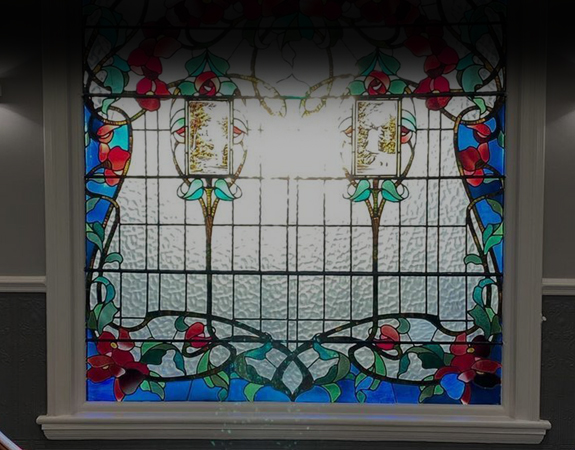What are CEREC Restorations, and How Could They Help Me?
We find quite a lot of our patients here in Leeds have heard about CEREC, but are still a little unsure as to exactly how the system works, and how it could benefit them. CEREC is a CAD/CAM restoration that is made while you wait, right here in our Leeds surgery. Imagine not having to wait a couple of weeks before receiving your crown or inlay, but instead being able to have your tooth prepared and restored in just one single visit to Leeds City Dentalcare.
Our Leeds surgery is proud to have been the first practice in the UK to install this equipment which is truly cutting edge technology. Dr David Brown or another of our dentists is able to prepare your tooth for the restoration before it is scanned using a very small infrared camera. This information is then sent to a computer so your restoration can be custom designed for you using software that enables dentist in Leeds to see a virtual visualisation of the finished restoration.
Once the restoration design has been perfected then it is sent directly to the milling machine which is situated in our practice. We will have selected a solid cube of porcelain in a shade that closely matches your natural tooth, and this solid cube is then milled into the exact shape. The huge advantage of using this kind of computerised technology is its sheer accuracy, as you’ll receive a restoration that truly gives a precision fit. Once the restoration has been milled then the next step is to finish it. This is done by shading or staining the restoration and glazing or polishing it to resemble your natural tooth. Once our dentist is happy with the final result then it will be bonded to your natural tooth, strengthening and restoring it.
Suitable for Crowns, Inlays and Onlays
CEREC restorations are suitable for crowns, inlays and onlays. They are especially good for inlays and onlays that are used to restore teeth that have suffered a significant amount of decay or damage, but which don’t require a full crown. The reason for this is that inlays and onlays require very precisemargins in order to completely seal out the bacteria, and precision-made CEREC restorations are perfect for this. This is something that is also important for crowns, but the margins on a crown tend to be more straightforward, and it is easier to get a good seal. CEREC restorations are also very strong, and once bonded into place will help strengthen the remaining tooth structure.
So if CEREC is so good how come Leeds City Dentalcare doesn’t use it for all dental restorations? The answer is simple, as although this system is excellent there are still times when it’s better to have a restoration hand crafted in our dental laboratory. Sometimes a human eye is better than a computer and can simply produce something that looks more aesthetically pleasing and which fits in a lot better with your existing teeth. This is especially true for teeth that are right in the front of your mouth; if you look closely you’ll see your front teeth contain many different shades, and that some parts are more translucent than others. These subtle nuances simply cannot be easily replicated with a machine made restoration. Machines can’t completely replace humans, at least for now.




